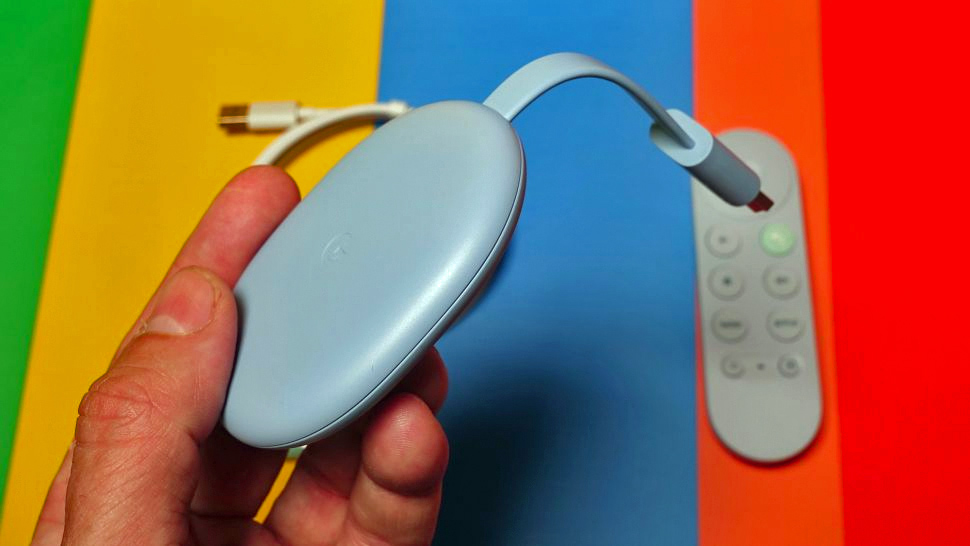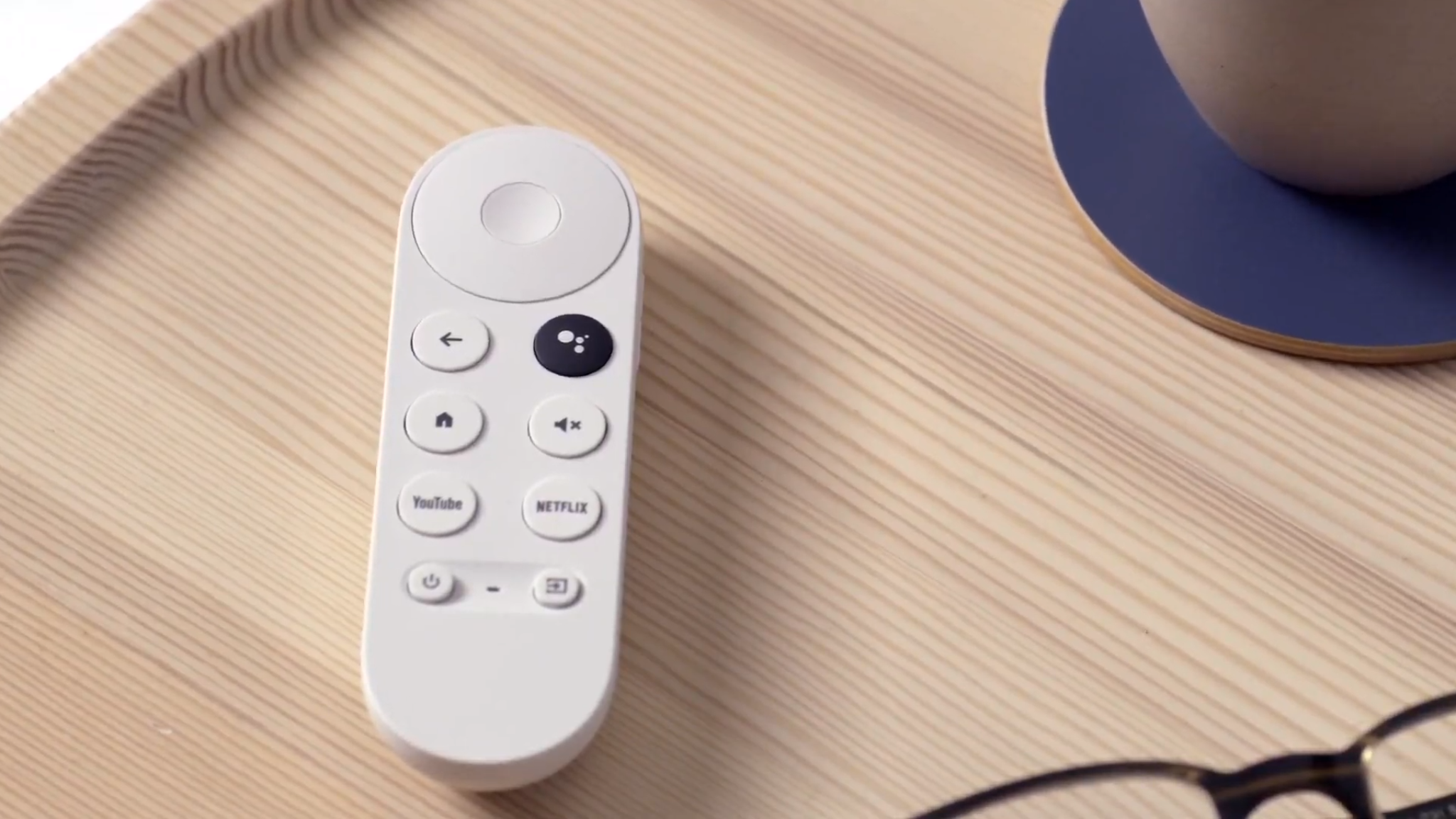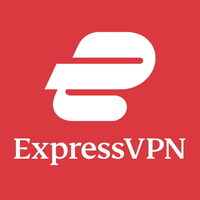How to install ExpressVPN on Chromecast
Enjoy access to geo-blocked content on your Chromecast

If you’re a Chromecast user, you know how easy it is to cast content from a small screen to a larger one. As convenient as it is, though, Chromecast can’t help you watch geo-blocked content—you’ll need a streaming VPN for that. In this article, we explain how you can use ExpressVPN with Chromecast. We rate ExpressVPN is one of the best VPN services, and it’s not surprising why. It has easy setup, lightning speed, and the ability to bypass geo-restrictions on almost all streaming websites. Plus you can save on your membership costs with ExpressVPN promo codes.
But can you install ExpressVPN on Chromecast? Chromecast is a media-casting device to cast content from devices, like computers and smartphones, onto monitors. It doesn’t have built-in VPN functionality, and you can’t set up a VPN on it directly. However, you can connect your Chromecast to a VPN-enabled internet network. Let’s look at how to do this.
ExpressVPN is the best VPN on the market
If what you want is quick, secure cover plus excellent connection speeds, torrenting and streaming performance, all alongside unrivalled customer support, ExpressVPN is the provider for you. And now, Tom's Guide readers can claim three free months on a year-long plan.
Option 1: Use a virtual VPN router
If you’re wondering how to set up a virtual router, it’s quite simple. Before you start, ensure that you’ve got an ExpressVPN subscription, but that you’ve not turned on ExpressVPN on your Windows computer.
First, go to Settings > Network & Internet > Mobile hotspot. Turn on the option that reads ‘Share my Internet connection with other devices’. Below this, there’s an option that reads ‘Share my Internet connection from’—set this to Wi-Fi. You’ll see your Network name and password below, so click on the Edit button to update this.
Next, toward the right-hand side of the window, you’ll see ‘Related settings’. Click on ‘Change adapter options’ under that, and a new window will open. Right-click on the icon that reads ‘ExpressVPN Tap Adapter’, and click ‘Properties’. A small window will open; select the ‘Sharing’ tab on that. Click the tick box that says ‘Allow other network users to connect through this computer’s Internet connection’, and select OK.
Finally, launch the ExpressVPN app on your device and connect to a server. Your device is now a virtual router. Connect your Chromecast to your computer’s network to have a VPN-activated connection.
For more details on why you might want to set one up, check out our guide on what is a virtual router, and ExpressVPN also has a great selection of guides, and live chat support if you get stuck.
Sign up to get the BEST of Tom's Guide direct to your inbox.
Get instant access to breaking news, the hottest reviews, great deals and helpful tips.

Option 2: Set up ExpressVPN on your Wi-Fi router
With the ExpressVPN router app, you can install ExpressVPN directly on your router. You’ll need a compatible Asus, Linksys, or Netgear router to make this work.
However, the process isn’t quite as straightforward as setting up a virtual router—although ExpressVPN is arguably the simplest router VPN to set up.
You’ll need to head to the ExpressVPN website, and download the ExpressVPN firmware on your computer. Once it’s installed, power on your router, but don’t connect it to the internet. Instead, go to your router’s admin panel through your computer’s browser, and click the Firmware Upgrade section.
Upload the file that you previously downloaded, and restart your router. Connect your computer to the router once it’s turned on, and the ExpressVPN router dashboard will open up shortly. You can update the username and password through this dashboard and select the VPN server location too.
If you think you’d like to set up ExpressVPN, we’d strongly recommend visiting the ExpressVPN website to find these steps in greater detail.
Option 3: Cast or mirror to a TV with Chromecast
If you have a compatible device, you can cast from it onto your TV using a Chromecast. By installing a VPN on your device, you can change the server location and cast geo-restricted content on your TV. This can work with Windows computers (using a Chrome VPN and the Chrome browser) and Android VPN-enabled devices, but not with iOS and macOS.
The process is even simpler if you have the new Chromecast with Google TV. Turn on the device, and head to the app store to download the ExpressVPN app directly onto your Chromecast with Google TV. Lastly, open the app and proceed to activate it.
How to install ExpressVPN on Chromecast in a nutshell
Since Chromecast is a simple media-casting device, you cannot install ExpressVPN on it. However, there are other options available. You can set up a VPN on your Wi-Fi router, use a virtual VPN router, or cast to a TV from a VPN-enabled device. Those last two options are simple and take hardly any time to set up.
With ExpressVPN, you’ll have access to plenty of geo-restricted content and of course, additional security and privacy.
Why use ExpressVPN?
ExpressVPN – our top-rated service today
With over 3,000 servers worldwide and excellent speeds on just about all of them, ExpressVPN is a versatile, secure solution for streaming, torrenting, and day-to-day browsing. You can test it out risk-free for 30 days and claim your money back, and now Tom's Guide readers can get three months absolutely FREE.

- What is Google Chromecast?
- Check out the best Smart TV VPN to get streaming on any device
- New Apple TV 4K release date leaks — here’s when you’ll get yours


Nikshep Myle is a freelance writer covering tech, health, and wellbeing. He has written for popular tech blogs like TechRadar, GadgetReview, SlashGear, and Creative Bloq, and has extensively reviewed consumer gadgets. When he’s not writing, you’ll find him meditating, gaming, discovering new music, and indulging in adventurous and creative pursuits.

